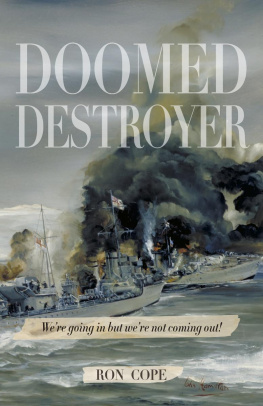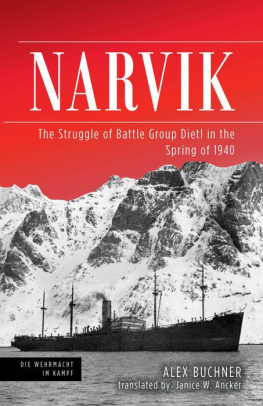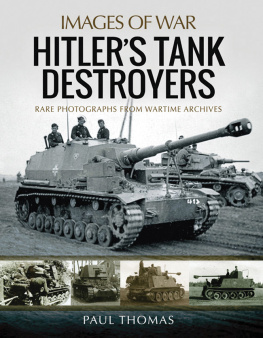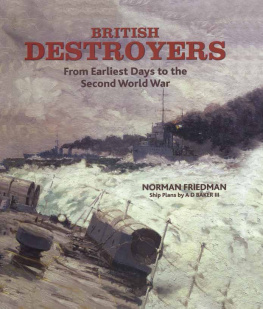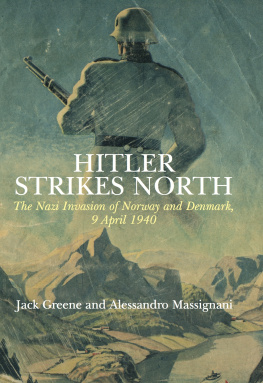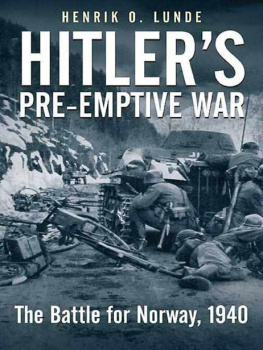Ron Cope - Attack at Dawn: Reliving the Battle of Narvik in World War II
Here you can read online Ron Cope - Attack at Dawn: Reliving the Battle of Narvik in World War II full text of the book (entire story) in english for free. Download pdf and epub, get meaning, cover and reviews about this ebook. year: 2015, publisher: Clink Street Publishing, genre: Non-fiction. Description of the work, (preface) as well as reviews are available. Best literature library LitArk.com created for fans of good reading and offers a wide selection of genres:
Romance novel
Science fiction
Adventure
Detective
Science
History
Home and family
Prose
Art
Politics
Computer
Non-fiction
Religion
Business
Children
Humor
Choose a favorite category and find really read worthwhile books. Enjoy immersion in the world of imagination, feel the emotions of the characters or learn something new for yourself, make an fascinating discovery.
- Book:Attack at Dawn: Reliving the Battle of Narvik in World War II
- Author:
- Publisher:Clink Street Publishing
- Genre:
- Year:2015
- Rating:5 / 5
- Favourites:Add to favourites
- Your mark:
Attack at Dawn: Reliving the Battle of Narvik in World War II: summary, description and annotation
We offer to read an annotation, description, summary or preface (depends on what the author of the book "Attack at Dawn: Reliving the Battle of Narvik in World War II" wrote himself). If you haven't found the necessary information about the book — write in the comments, we will try to find it.
On March 1, 1940, Adolf Hitler ordered the invasion of Norway. Having swept across Europe at a terrifying pace, the Nazi assault on Scandinavia was designed to secure the valuable source of iron ore being delivered by rail from Sweden to the Norwegian port of Narvik. To complete the task, Hitler sent ten large, modern destroyers, with 220 Alpine Troops on each. Five smaller British H Class destroyers were sent up the fjord in retaliation by the Allied forces, with little knowledge of what to expect. On April 10, the first battle of Narvik began. Royal Naval Captain, Bernard Warburton-Lee, led his flotilla at midnight into the fjord. They had to navigate the four hour passage undetected, under darkness and in driving snow storms. The harbour eerily silent on their arrival quickly erupted into a torpedo attack. Back into the fjord, the destroyers Hardy, Hunter, Hotspur, Havock and Hostile were confronted by five German destroyers, coming from both the front and rear. This resulted in a ferocious sea battle with the loss of Hardy and Hunter and damage to the enemy ships. Those crew members who managed to abandon ship and swim ashore, under bombardment from the Germans, had to endure a ten mile march and pray for safe passage back to Britain in order to survive. Author Ron Cope delivers a comprehensive and gripping account of the Narvik battle, juxtaposing the myriad strategic difficulties encountered by the British Navy, with the vivid and insightful personal accounts of the brave survivors involved, most of whom were under the age of twenty-three. Including first-hand testimony from Copes own father Cyril, a then twenty-one year old Torpedoman, and documents shared for the first time by the family of Captain Warburton-Lee, Cope presents an arresting account of this crucial British naval victory, as told by the sailors who were there. Meticulously researched, Attack at Dawn relates the vivid real-life experiences of the British sailors who took part in the extraordinarily bold attack by five British destroyers against superior German forces at Narvik... and the desperate running battle that ensued as they tried to make their escape. John Warburton-Lee, grandson of Captain Bernard Warburton-Lee. V.C.
**
Ron Cope: author's other books
Who wrote Attack at Dawn: Reliving the Battle of Narvik in World War II? Find out the surname, the name of the author of the book and a list of all author's works by series.


